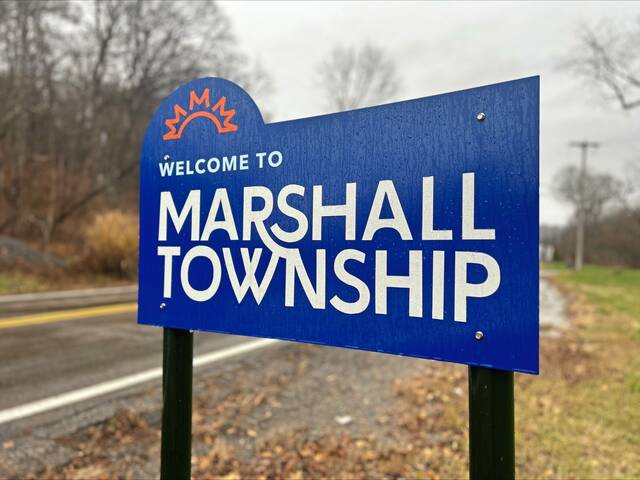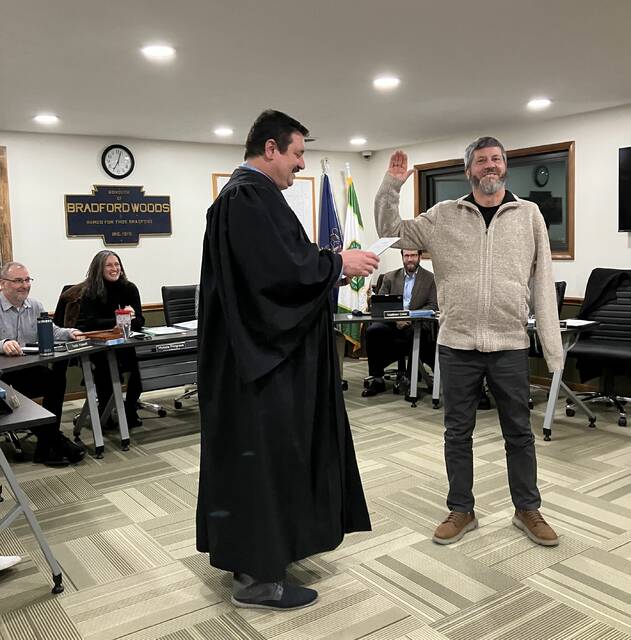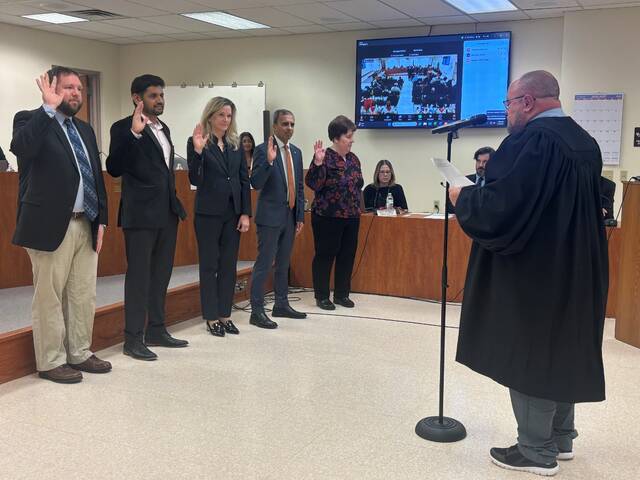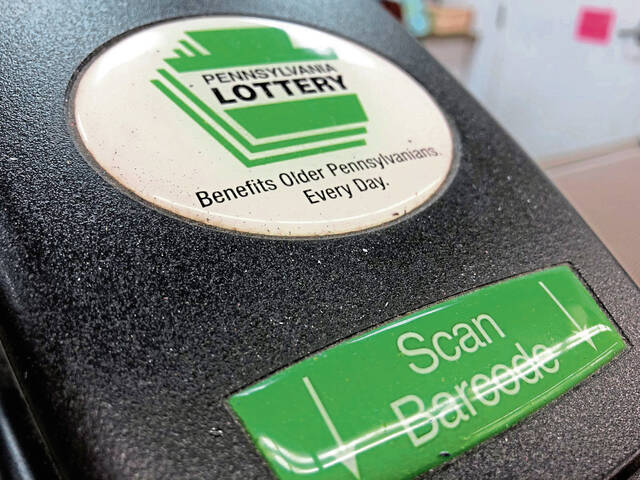The North Allegheny School Board has approved a technology refresh and upgrade for the district with a potential price tag of $3 million.
The vote came during a March 2 special meeting.
The cost will be financed over four years and the anticipated yearly payment should not exceed $750,000, according to a technology report. This will continue the student one-to-one initiative of providing an iPad or Windows laptop to every student, grades kindergarten through 12. The additional iPads, laptops, and desktops will be replacing devices that have reached their four-year refresh date.
The refresh was initially proposed at the board’s Feb. 23 scheduled meeting. But, at such a high cost, the board agreed to a special school board meeting a week later to give the public more time to review the proposal.
The board unanimously voted March 2 to approve the purchase of 975 Window laptops for students and 900 Window laptops for staff, 1,500 Apple iPads for students, and another 130 Apple iPads for the intermediate and high school mobile technology carts. Additional computers for business labs, the library, cafeteria systems, visitor check-ins, and those to support specialty devices or programs are included, according to Kathy Curran, interim director of technology and innovation for the school district.
Laptops and iPads are refreshed every four to five years depending on the device and its use. But student and teacher iPads and laptops are refreshed every four years, she said.
Students receive an iPad when they enter first grade and retain it through fourth grade. They are then issued a new iPad when they enter fifth grade which they keep until they exit eighth grade, and then finally as they enter ninth grade they are issued a Windows laptop that they use until graduation, according to Curran.
A three-year refresh is a common cycle for many organizations because most warranty periods are three years, devices begin to slow after three years, and there is an increase in failure rates, she said.
Several board members commented at the February meeting about the expense and said the board should allow the public more time to review and possibly comment on the proposed purchase.
“We are asking them for a lot of money,” said boardmember Dr. Vidya Szymkowiak, the technology services liaison for the board.
She and others voted to delay the final vote to give the community more time to review and comment.
The district opted for a four-year refresh on devices in order to strike a balance between functionality and fiscal responsibility. Failure rate of devices increases with the age of the device.
“When a device fails, that translates to the loss of instructional time, which we always try to minimize, and it also increases the amount of money being spent to maintain aging devices,” Curran said.
In 2014, the district invested $4.1 million to address aging technology. To avoid another multi-million-dollar infrastructure investment in a single year, a network refresh plan was put in place in 2019 to stretch the cost and process over four years, Curran said.
This particular refresh allows the district to take maximum advantage of federal E-Rate funding for infrastructure through 2026.
E-Rate provides discounts for telecommunications, Internet access, and internal connections to eligible schools and libraries.
“In this instance, it is important to stay with the proposed refresh cycle because delaying would push the last year of the project to a year where E-Rate funding is not guaranteed, and the core devices in our infrastructure will be out of manufacturer support,” she said.
There were three packages approved Feb. 23, all of which were related to funding from the E-Rate Program.
The board in February approved a purchase of 39 network switches from low-bidder E-Plus Technology at a special E-Rate Discount of $217,537, from its original price of $362,662. The new switches will replace aging ones.
Switches are backbone devices in a network that manage the flow of data within a network, according to Curran.
“Think of them like a railroad switch in that they keep traffic separated and flowing to the correct destination. The switches support our wired network, wireless network, phones, and security cameras all of which are essential to the operation of the schools. Switches are one of the invisible, but essential items, that maintain a functional network,” Curran said.
Manufacturers recommend network switches receive a refresh rate every three to five years, Curran said. The district has chosen to stretch the refresh of network switches to from eight to 11 years.
Older network switches can create a “bottleneck” in performance.
The board also approved Wide Area Network services and Internet services from Comcast on Feb. 23 to maintain the funding deadlines of the E-Rate program, Curran said.
WAN services was approved to DQE as the lowest bidder for the service. WAN connects electronic communications between district buildings. Basically, these are the cables that connect a remote building to the district’s central data center, according to Curran.
Szymkowiak noted on March 2 that North Allegheny staff and board put much thought into making its decisions. Despite the cost, it was too much of a risk to students to defer the package, she said.
School Board member Elizabeth Blackburn wasn’t sold on the network switch purchase. The feedback she received from technology professionals was that network switches didn’t need to be replaced if they are still working.
She suggested buying a small number as a back-up when needed and keep doing that on a regular basis.
“If something really doesn’t need to be fixed, do we really need it because it’s in our calendar,” Blackburn asked.
Curran said the district has already been doing that.
“Our devices have taken considerable use over the last two years,” she said. She said the district were getting “great deals” based on the volume and with the e-Rate. Pricing quotes can change or expire.
Due to ongoing supply chain delays, this request is being made earlier than in the past. By placing the order in early March, district officials anticipate receiving orders by the end of the school year, according to the report.
Also approved on Feb. 23 was Internet service from the lowest possible bidder of Comcast at $1,200 per month for all school district locations for five years, expiring on June 30, 2027.








